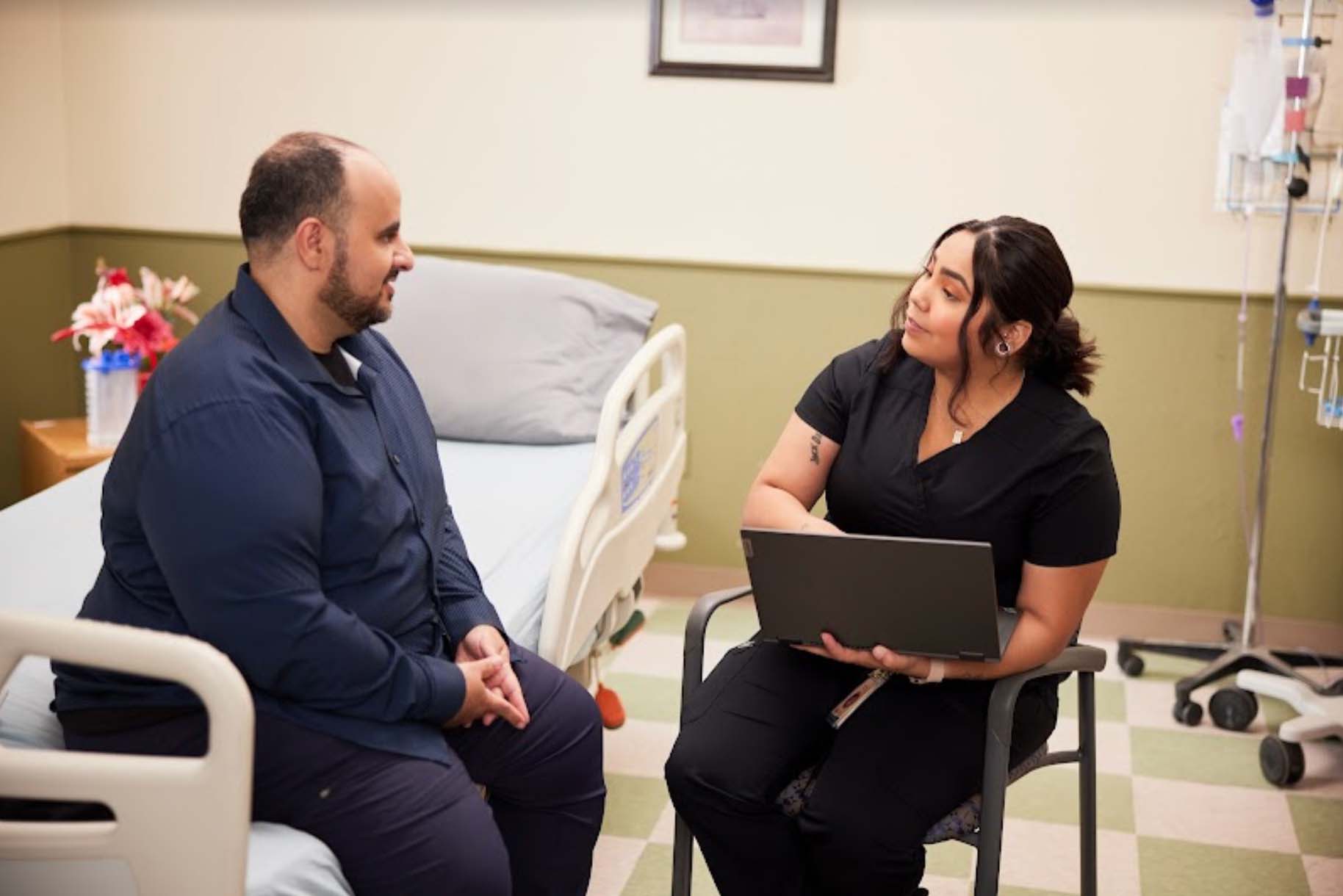As an individual’s health condition and medical needs change, they may be changed to a different healthcare provider or healthcare setting, referred to as care transitions.
Care transitions can move patients between healthcare practitioners or transition their care from one setting or level of care to another, such as from hospital to home, hospital to skilled nursing facility, or inpatient to outpatient services.
Common types of care transitions include:
- Hospital to home
- Hospital to a skilled nursing facility
- Emergency department to inpatient admission
- Primary care to specialist care
- Pediatric to adult care
- Acute care to long-term care
- Inpatient to outpatient care
- Home health to primary care
- Behavioral health to primary care
- Rehabilitation to home
The Importance of Continuity of Care
Properly coordinated and implemented care transitions are critical to an individual’s health and well-being because they are particularly vulnerable points in the healthcare continuum where safety lapses can occur. Poor transitions can lead to negative clinical outcomes, preventable adverse events and avoidable hospital readmissions.
Studies have shown that higher continuity of care is associated with about a 2% reduced rate of preventable hospitalization. Other studies have shown an association between increased continuity of care and lower mortality rates, prevention of premature deaths and suicide, lower emergency department visits, and better quality of life, especially for those with serious mental illness.
Individuals receiving consistent care are more likely to follow through with medical recommendations, engage in preventative healthcare measures like immunizations and cancer screenings, and have reduced instances of hospital admissions and emergencies. Those with higher continuity of care tend to be more satisfied with their care and more actively engaged in managing their health.
Challenges in Care Transition
Managing care transition is an intricate process and is made more complicated by multiple factors, challenges, and complexities.
- Care transitions can vary significantly depending on the specific healthcare settings (e.g., hospital to home, primary care to specialty care) and the individual’s needs and circumstances.
- Effective communication between providers, patients, and caregivers is critical but often problematic during transitions. Information can be lost or misinterpreted as patients move between settings.
- Reconciling and managing medications across transitions is complex and error-prone, potentially leading to adverse events.
- Transitions require coordinated efforts between multiple healthcare entities and professionals.
- Factors like housing, transportation, and social support can significantly impact transition success but are often overlooked.
- Transitions often occur under time pressure, making thorough planning and communication difficult.
These complexities highlight the need for comprehensive, patient-centered approaches to care transitions that account for the multifaceted nature of the process.
Strategies for Ensuring Continuity of Care
Several strategies can help deliver seamless continuity of care. Establishing teams to facilitate effective communication systems and practices between providers, patients, and caregivers using standardized tools and methods, providing clear and consistent information to patients/families about care transitions, and confirming understanding and getting feedback.
All parties should utilize electronic health records (EHRs) containing comprehensive, up-to-date patient records to enable better information sharing and care coordination between providers.
Providers should involve patients and families in the care process by educating them about conditions, treatment options, and expected outcomes and encourage them to ask questions and participate in decision-making.
Adobe Population Health: Utilizing Technology for Holistic Transition of Care
It’s easy to see how the myriad components of the transition of care can lead to communication gaps, missteps in care, hospital readmissions, and even death.
In partnership with Salesforce and MuleSoft, Adobe Population Health has created a feature-rich enterprise risk management (EMR) methodology to develop an innovative case management approach that enables seamless data flow between Adobe and health plan partners. This bi-directional approach ensures more accurate, real-time reporting, sophisticated analytics, and the capture of SDoH factors through a sophisticated risk stratification process.
Utilizing technology, such as telehealth, to facilitate post-transition follow-up and monitoring, Adobe supports care delivery in various environments, including Virtual Care, Home-Based Care, and Primary Care Practices, meeting their members where they are with a holistic care experience.
To help ensure a smooth recovery, the Adobe Care Team contacts members within 24 hours of discharge. Adobe completes an in-home assessment to address home safety issues and establish follow-up care.
As a result, Adobe’s average readmission rate is just 9%, compared to the average hospital readmission rate of 14.56%.
Navigating care transitions is of utmost importance to all involved. Healthcare providers, patients, and their families are responsible for ensuring a successful care transition.
Adobe has demonstrated that investing in technology to develop robust care transition strategies can improve member outcomes and reduce costs.

